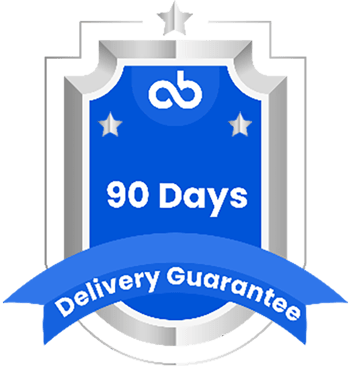A Look back at the Top 5 digital marketing trends in 2021
1. Consumer Behavior Changes in the Digital Age Are Here to Stay
According to McKinsey, the pandemic sped up eCommerce adoption by ten years in just three months.
In fact, new purchase behaviors were seen in 60 percent of organizations across all industries in the preceding year.
The time has passed to pivot and meet the need for quick and easy online purchasing, curbside pickup, and contactless delivery.
Companies are now focusing on securing and resiliency in the future.
2. Understanding Consumer Demand with Real-Time Insight is necessary
Know your consumers/customers!
In search queries and onsite behavior, consumers are openly notifying brands about their wants, requirements, and intent.
You’re missing out on a huge potential to connect and engage if your company isn’t set up to listen to, analyze, and then act on these insights with real-time personalizations.
Put the people, processes, and technology in place to make the most of this extremely important consumer data.
3. Improving Content Quality and Frequency to Gain an Advantage
It’s not always true that more is better, especially when it comes to content. As a result, any content marketing scaling approach must consider both velocity and quality in equal proportion.
When compared to your more productive competition, if you put a lot of effort and thought into your content but can only post once a month, you’re missing out on a lot of opportunities to appear in search, social, email, and other channels.
Nonetheless, we understand the value of expertise, authority, and trust (E-A-T) in the material. It’s pointless to produce a large volume of low-quality information.
Instead, consider what needs to be improved and implemented in order to produce high-quality content on a large scale.
4. Brands were expected to deliver connected digital experiences to customers
According to Salesforce’s recent State of the Connected Customer survey, 80 percent of customers believe that a company’s experience is just as important as its products and services.
Customers want agents to have access to their information whether they’re chatting with an AI support bot, calling a customer service representative, or interacting with sales.
They anticipate that one interaction will continue where the last one ended and that they will not have to start over with each new interaction with the brand.
Customers’ expectations of other industries are influenced by their experiences with one industry, according to 62 percent of customers in the same survey.
Manufacturing, construction, and agriculture, for example, have been sluggish to adopt digital transformation, and they are now being forced to stay up with retail, business services, and other early adopters.
5. Intelligent Digital Automation Goes Beyond Simple Replication
Simply automating processes to decrease redundancy is no longer adequate for SEO specialists and digital marketers.
The number of consumer contacts and touch-points has exploded, which is a crucial digital trend. The amount of data we need to assess has skyrocketed.
Deep learning, machine learning, natural language processing, and robotic process automation (RPA) are all making inroads into SEO and digital marketing workflows as a result.
Intelligent automation entails removing the need to make each and every decision.
It entails giving machines the ability to not just behave in pre-programmed if/then scenarios, but also to learn about and get to know each client in ways that humans simply cannot.
It also entails allowing those computers to operate in real-time when the user is most receptive to personalized messaging, content, offers, and recommendations.
If you enjoyed this article, share it with your friends and colleagues! and stay tuned for Top Digital Marketing trends in 2022.






